
Pediatrician, ‘rational’ vaccine thinker, Editor Covid Vaccines, TB on Vaccines & many others, Past-Convener IAP COI, Member-WHO-VSN https://t.co/eOvazlWmWg
36 subscribers
How to get URL link on X (Twitter) App


 All patients carried MTHFR polymorphisms (C677T or A1298C)—recently linked to hEDS/HSD.
All patients carried MTHFR polymorphisms (C677T or A1298C)—recently linked to hEDS/HSD.

 The team showed that NAD⁺ deficiency is a central driver of AD pathology—leading to blood-brain barrier breakdown, neuroinflammation, oxidative damage, and impaired neurogenesis. 2/
The team showed that NAD⁺ deficiency is a central driver of AD pathology—leading to blood-brain barrier breakdown, neuroinflammation, oxidative damage, and impaired neurogenesis. 2/ 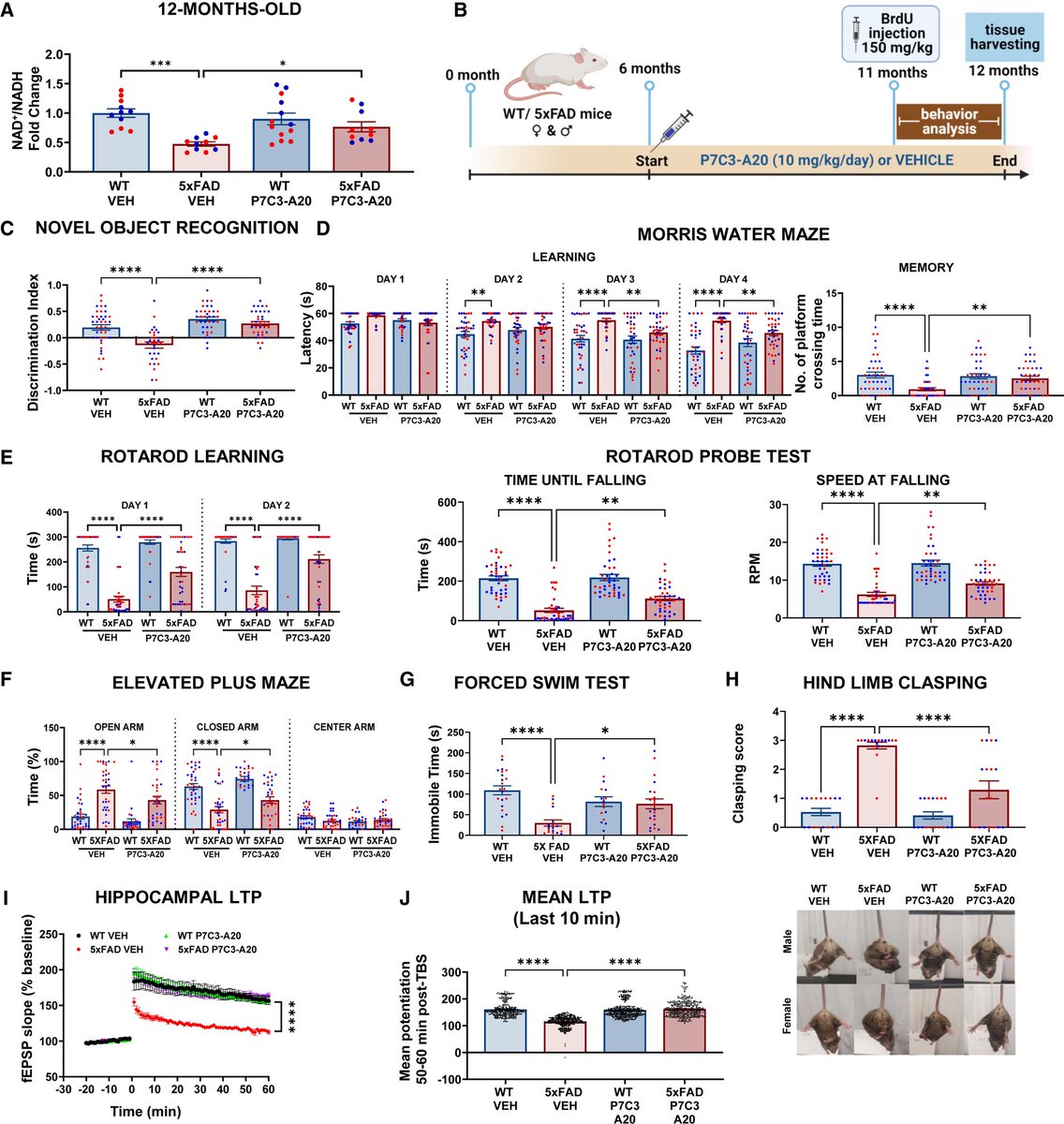
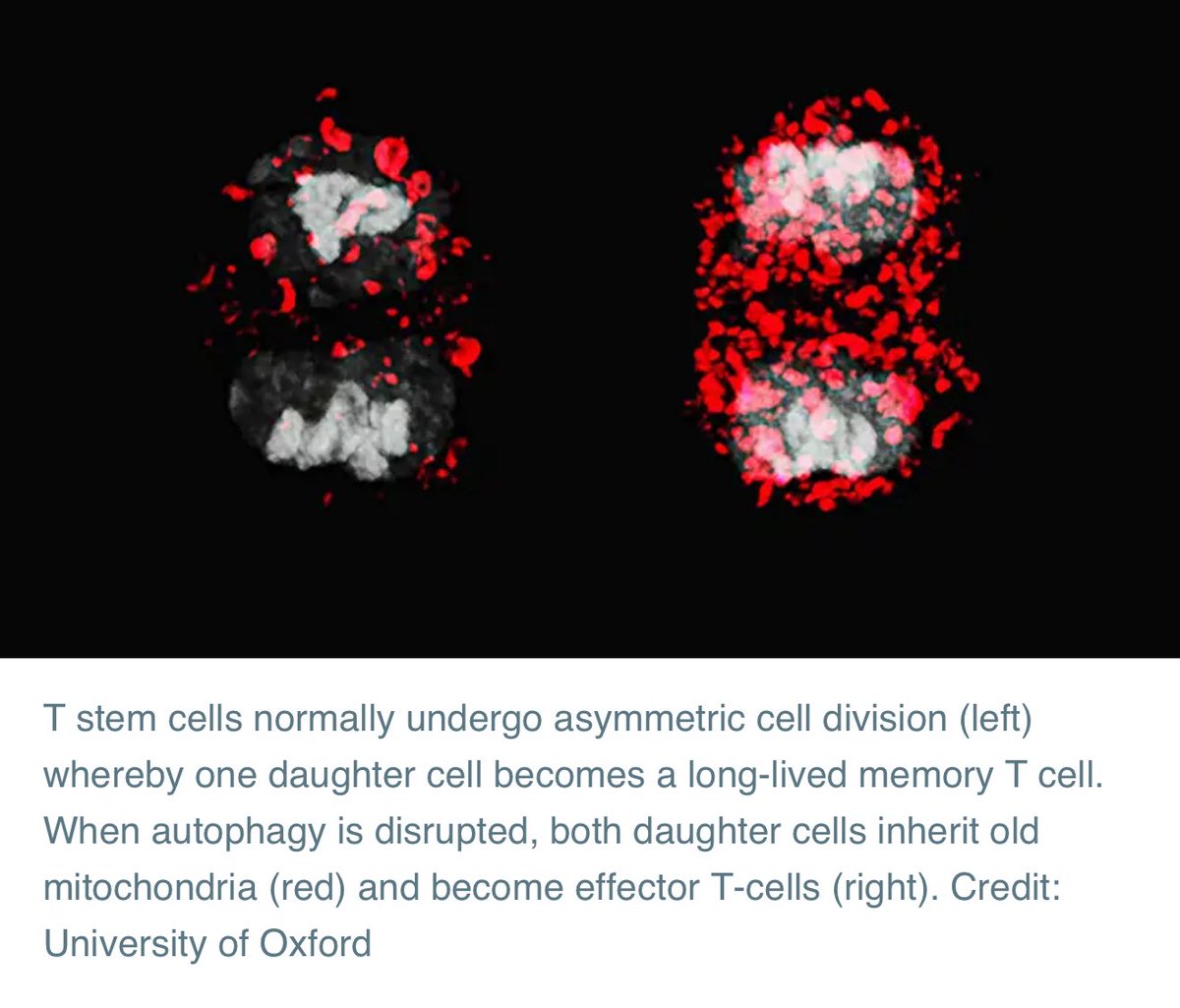
 When a T-cell divides, it can make two daughter cells with different future roles: one becomes a long-lived ‘memory T cell’ that helps protect against future infections, and the other becomes a short-lived ‘effector T cell’ that fights the immediate infection.
When a T-cell divides, it can make two daughter cells with different future roles: one becomes a long-lived ‘memory T cell’ that helps protect against future infections, and the other becomes a short-lived ‘effector T cell’ that fights the immediate infection. 

 This metabolic switch:
This metabolic switch:

 The platform is based on interferon-lambda, a natural antiviral protein, redesigned using AI protein engineering to overcome major limitations: poor heat stability and rapid clearance from nasal mucosa.
The platform is based on interferon-lambda, a natural antiviral protein, redesigned using AI protein engineering to overcome major limitations: poor heat stability and rapid clearance from nasal mucosa.

 Key findings point to chronic inflammation, altered cytokine responses, and immune imbalance, which may explain prolonged symptoms such as fatigue, pain, and neurocognitive complaints.
Key findings point to chronic inflammation, altered cytokine responses, and immune imbalance, which may explain prolonged symptoms such as fatigue, pain, and neurocognitive complaints.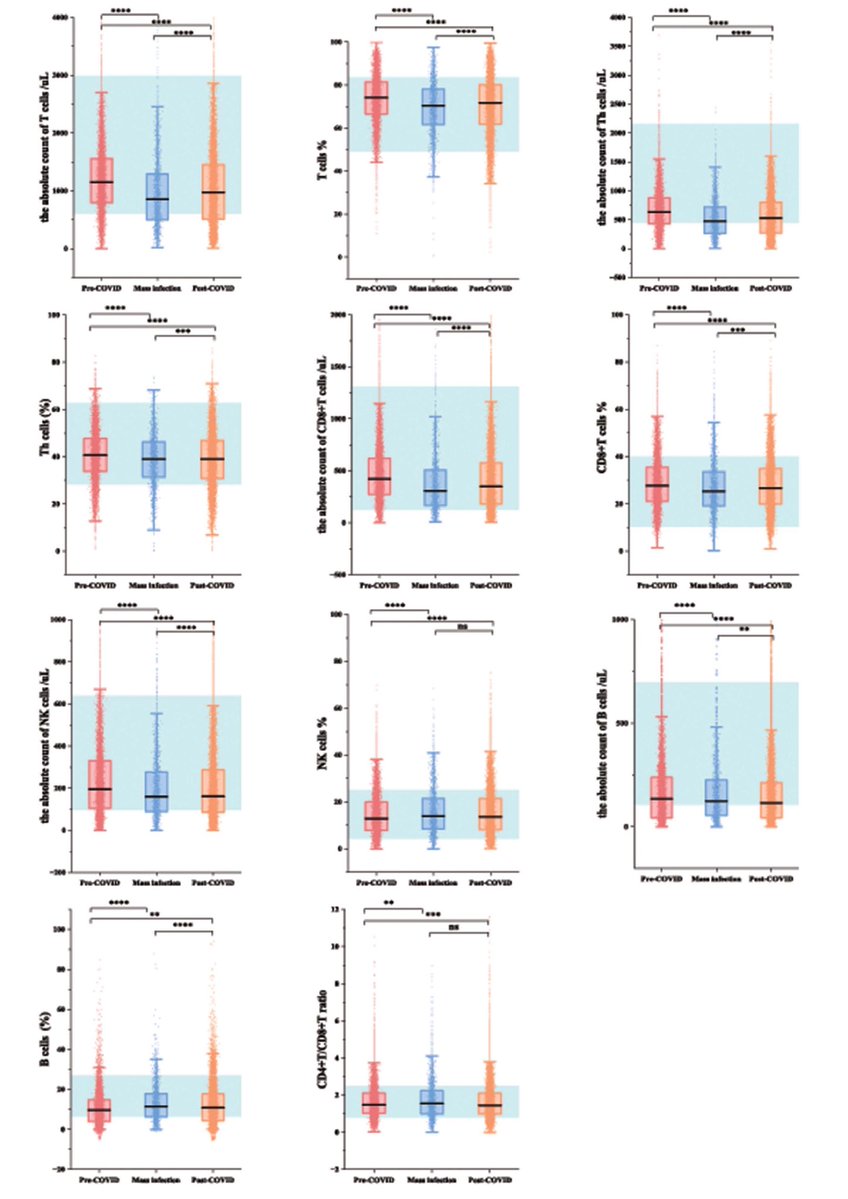

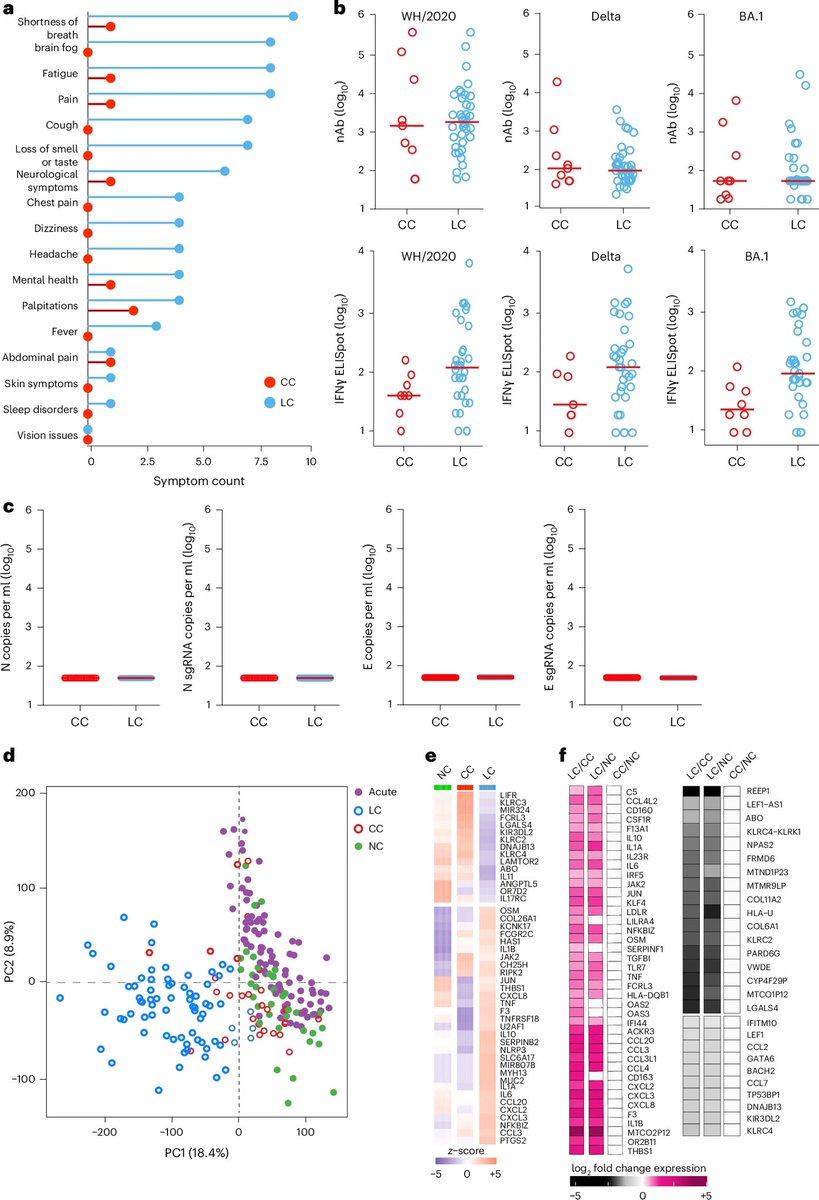
 These immune differences help explain lingering symptoms — such as fatigue, brain fog and breathlessness — and point to specific inflammatory pathways that could be targeted for treatment. This work opens new avenues for better therapies for millions living with longCOVID. 2/
These immune differences help explain lingering symptoms — such as fatigue, brain fog and breathlessness — and point to specific inflammatory pathways that could be targeted for treatment. This work opens new avenues for better therapies for millions living with longCOVID. 2/ 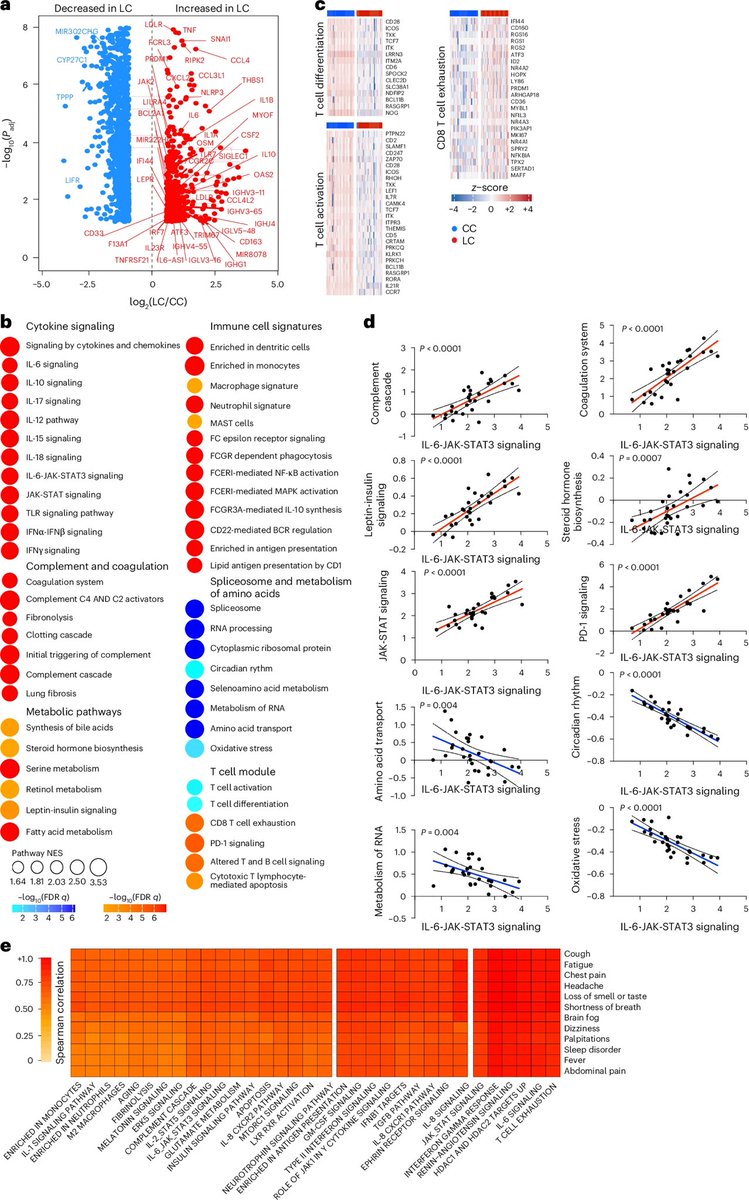

 Researchers tested immune cells from healthy individuals and COVID-19 survivors, both with and without latent TB infection (LTBI).
Researchers tested immune cells from healthy individuals and COVID-19 survivors, both with and without latent TB infection (LTBI).

 Post-COVID patients showed increased CXCR3 and CCR6 expression across multiple lymphocyte populations.
Post-COVID patients showed increased CXCR3 and CCR6 expression across multiple lymphocyte populations.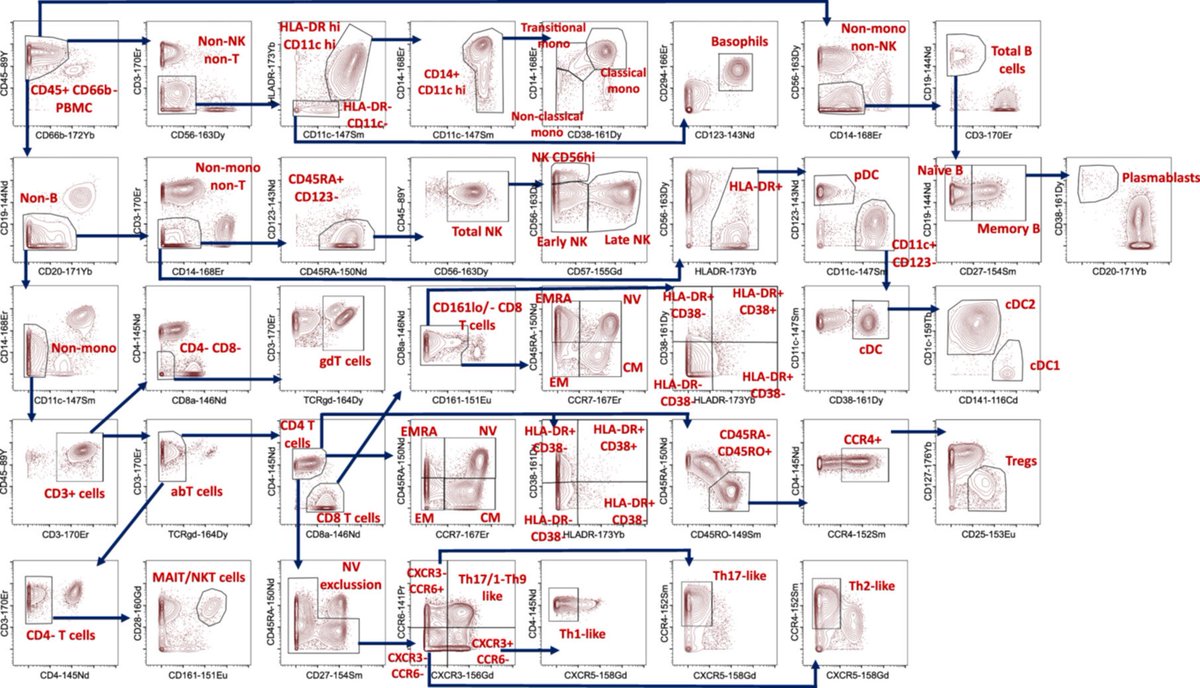
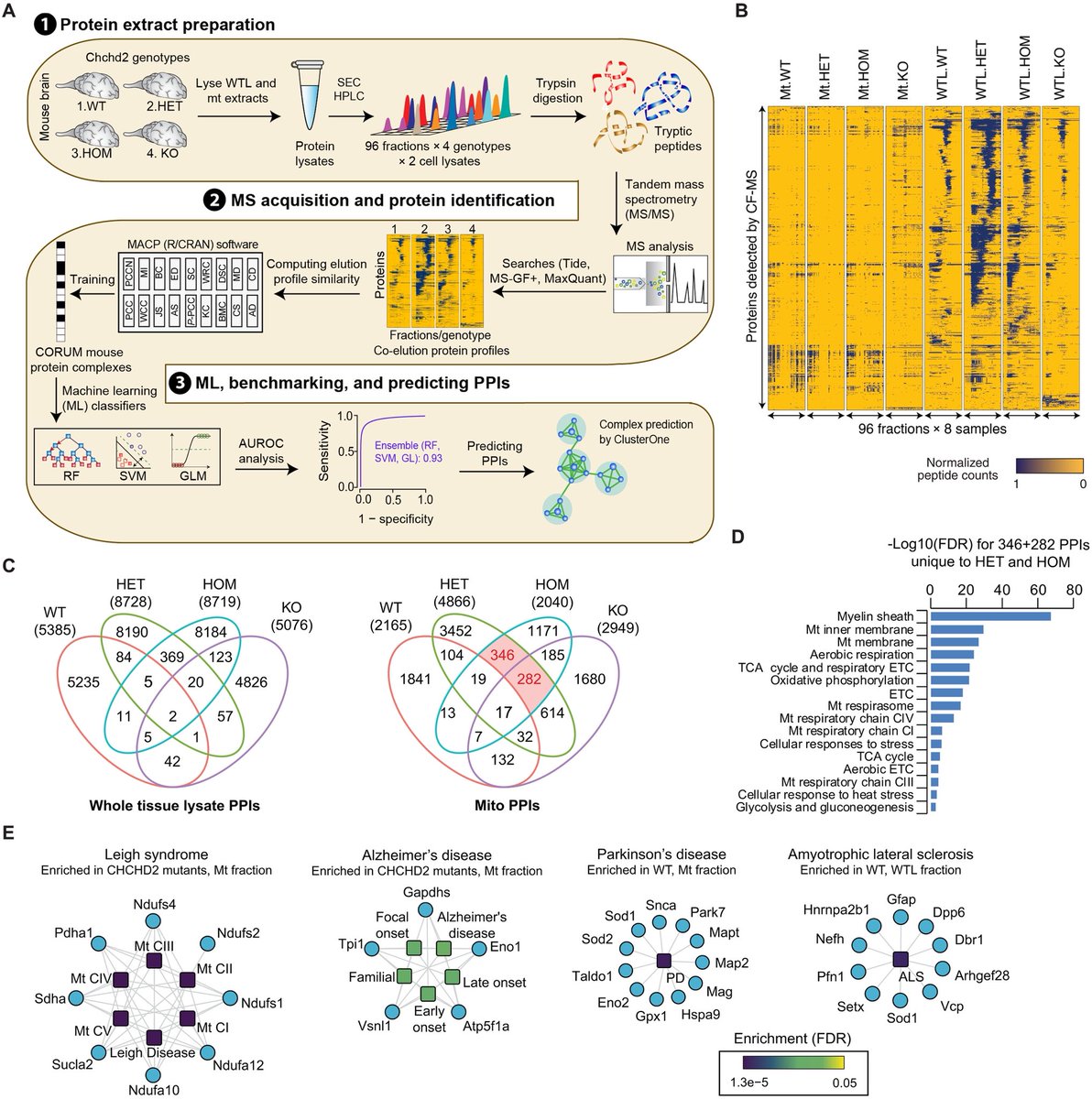
 Key Findings
Key Findings

 Researchers studied 78 people with LongCOVID (mostly mild initial cases) and compared them to 62 who recovered fully.
Researchers studied 78 people with LongCOVID (mostly mild initial cases) and compared them to 62 who recovered fully.
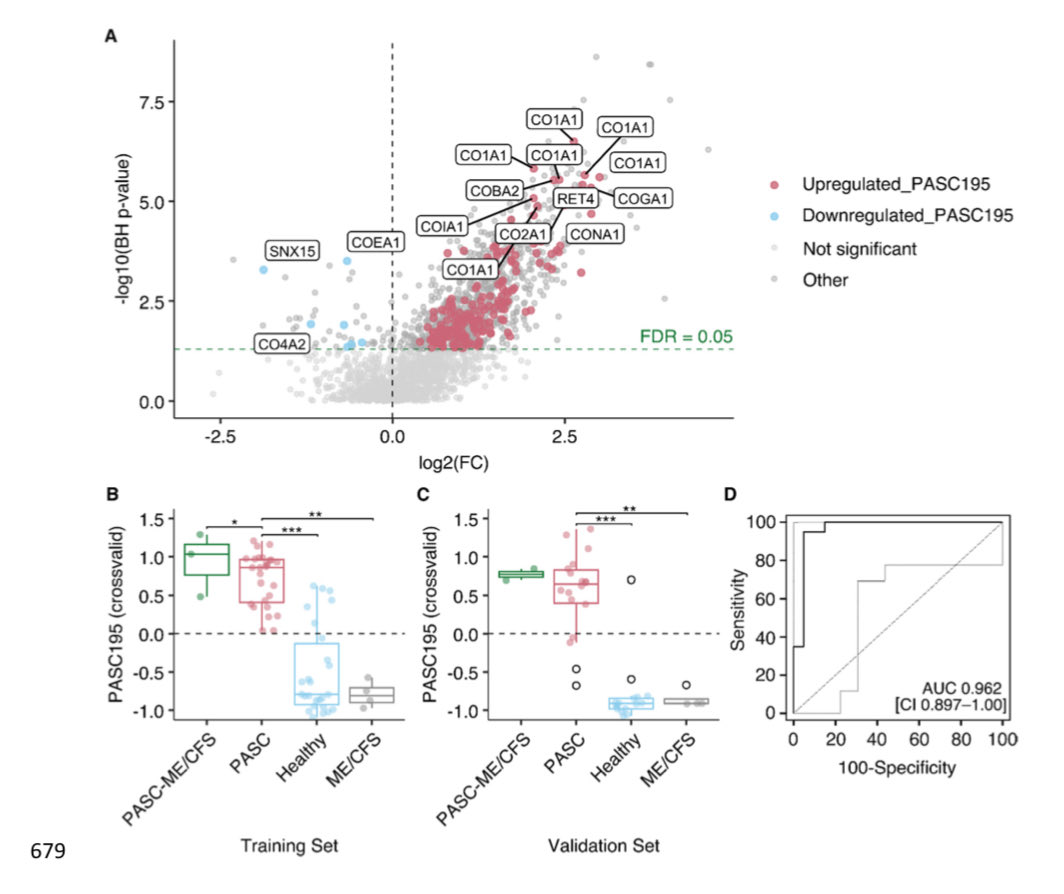
 Researchers used urinary peptidomics to identify a molecular fingerprint of post-acute sequelae of SARS-CoV-2 infection (PASC or LongCOVID).
Researchers used urinary peptidomics to identify a molecular fingerprint of post-acute sequelae of SARS-CoV-2 infection (PASC or LongCOVID).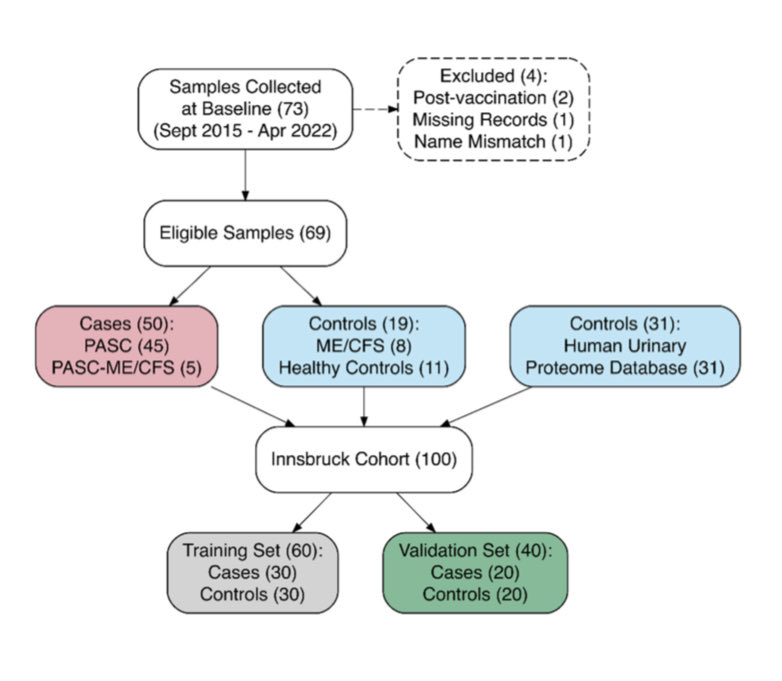

 Proposed mechanisms:
Proposed mechanisms: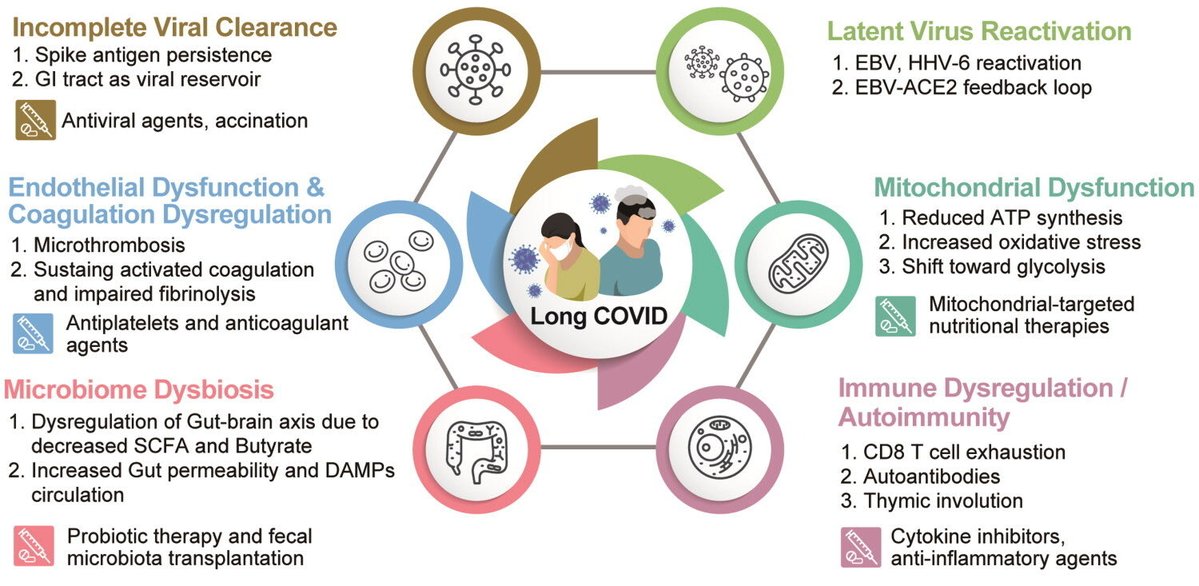
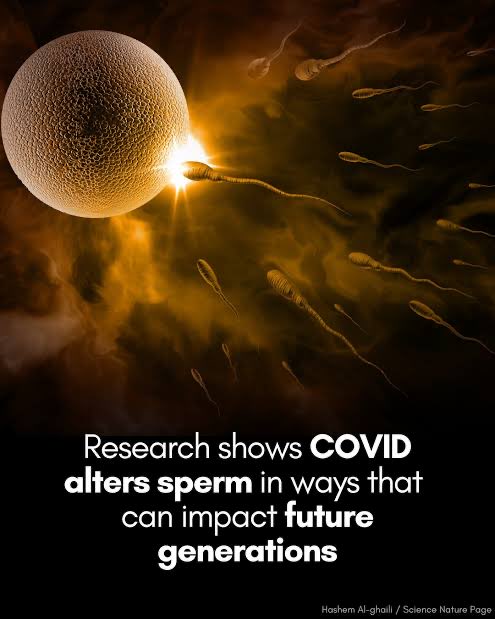
 Beyond infection: inheritance
Beyond infection: inheritance

 The researchers goal was to determine whether dexamethasone impacts the macrophage's ability to fight TB. Although glucocorticoids can reactivate TB, they are paradoxically the only adjunctive host-directed therapies that are recommended by WHO for TB.
The researchers goal was to determine whether dexamethasone impacts the macrophage's ability to fight TB. Although glucocorticoids can reactivate TB, they are paradoxically the only adjunctive host-directed therapies that are recommended by WHO for TB. 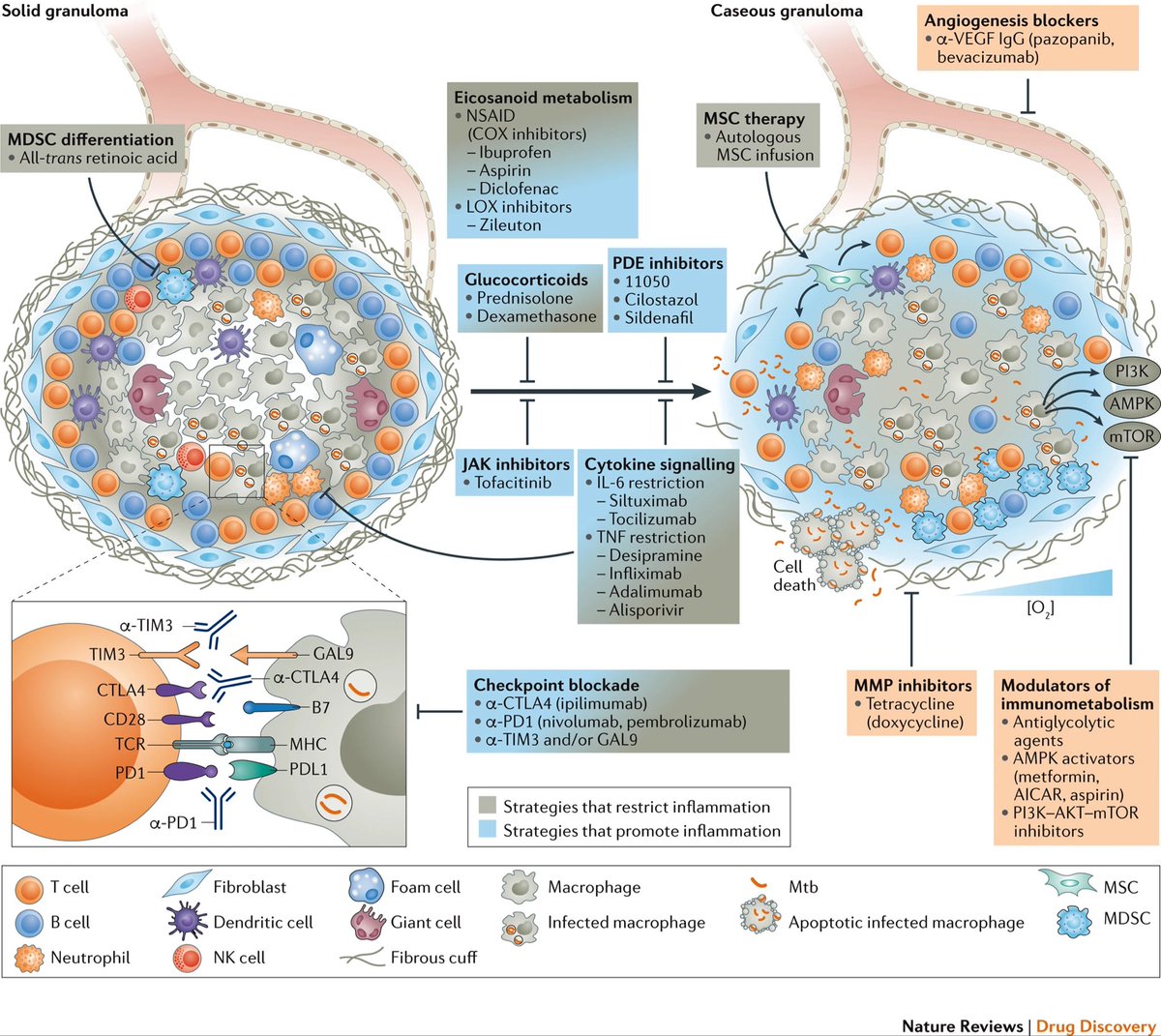

 Bioinformatic & experimental studies show direct interactions between viral proteins and host cellular components tied to cancer hallmarks.
Bioinformatic & experimental studies show direct interactions between viral proteins and host cellular components tied to cancer hallmarks.

 Postural orthostatic tachycardia syndrome, or POTS, is a condition where the heart beats abnormally fast when changing position from lying down to standing up. Standing up is a challenge for those affected who feel dizzy and would rather sit or lie down, so-called orthostatic intolerance. Their hearts may also beat faster than normal at rest and during exertion. 2/
Postural orthostatic tachycardia syndrome, or POTS, is a condition where the heart beats abnormally fast when changing position from lying down to standing up. Standing up is a challenge for those affected who feel dizzy and would rather sit or lie down, so-called orthostatic intolerance. Their hearts may also beat faster than normal at rest and during exertion. 2/

 Single-cell RNA sequencing of bronchoalveolar lavage (BAL) fluid, lung and spleen at 30 days post-infection revealed hallmark LongCovid (PASC) gene signatures uniquely upregulated in the PASC group.
Single-cell RNA sequencing of bronchoalveolar lavage (BAL) fluid, lung and spleen at 30 days post-infection revealed hallmark LongCovid (PASC) gene signatures uniquely upregulated in the PASC group. 
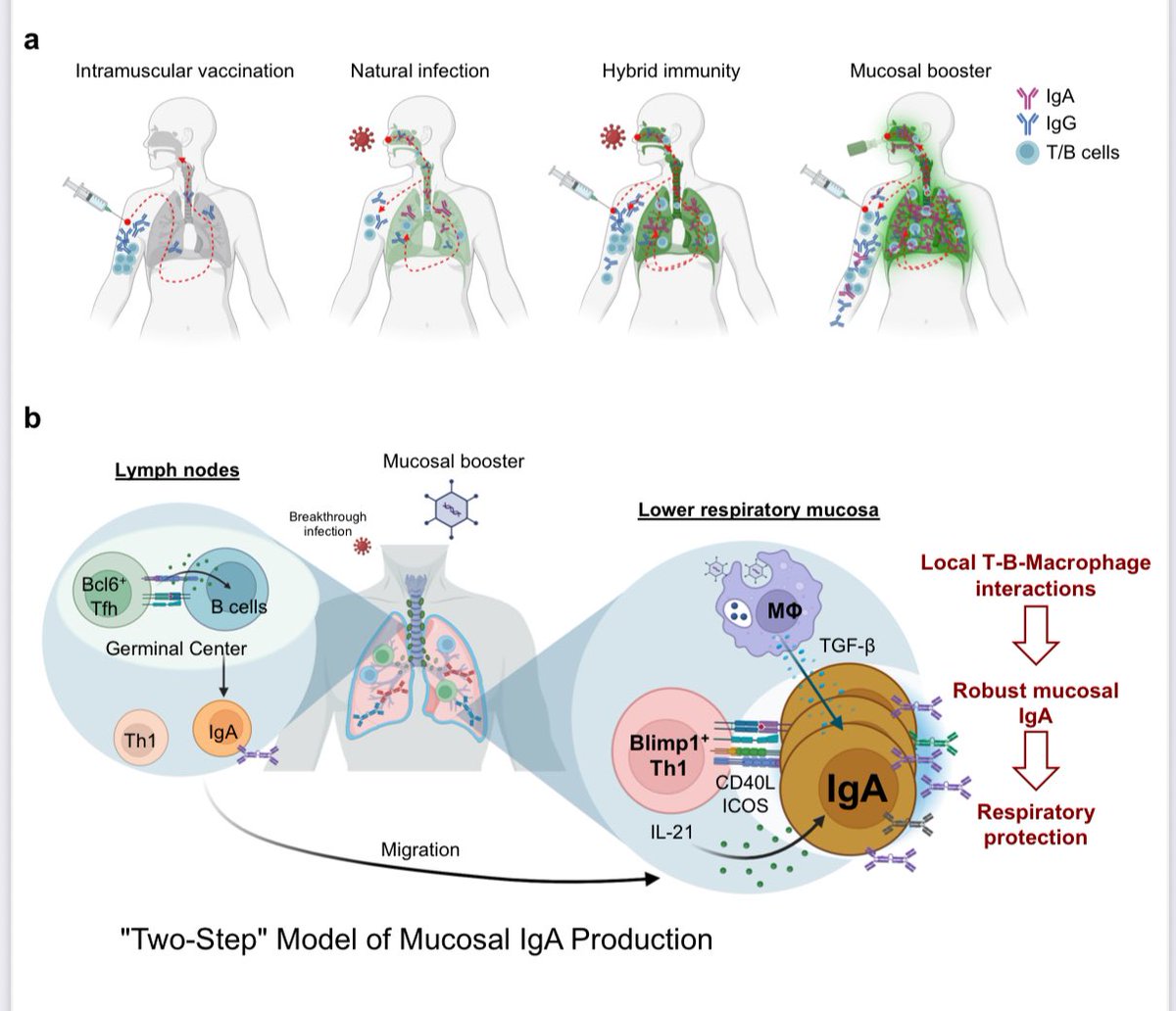
 What they found in people:
What they found in people:

 UCLA scientists built RNAtracker, a tool to tell whether changes in gene expression are due to production or breakdown of mRNA.
UCLA scientists built RNAtracker, a tool to tell whether changes in gene expression are due to production or breakdown of mRNA.

 According to the study, an infection may trigger myocardial infarction. Using a range of advanced methodologies, the research found that, in coronary artery disease, atherosclerotic plaques containing cholesterol may harbor a gelatinous, asymptomatic biofilm formed by bacteria over years or even decades. Dormant bacteria within the biofilm remain shielded from both the patient's immune system and antibiotics because they cannot penetrate the biofilm matrix. 2/
According to the study, an infection may trigger myocardial infarction. Using a range of advanced methodologies, the research found that, in coronary artery disease, atherosclerotic plaques containing cholesterol may harbor a gelatinous, asymptomatic biofilm formed by bacteria over years or even decades. Dormant bacteria within the biofilm remain shielded from both the patient's immune system and antibiotics because they cannot penetrate the biofilm matrix. 2/